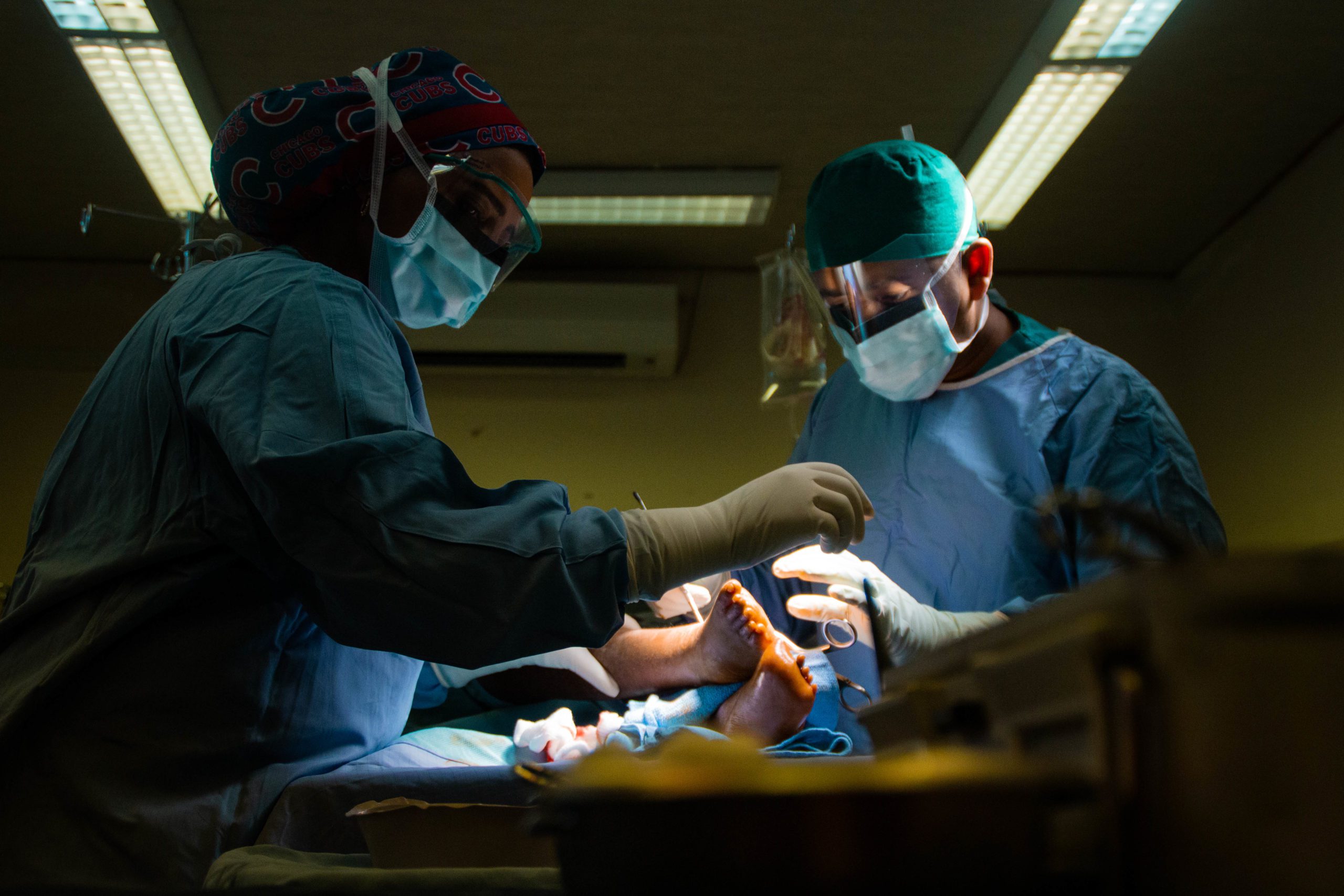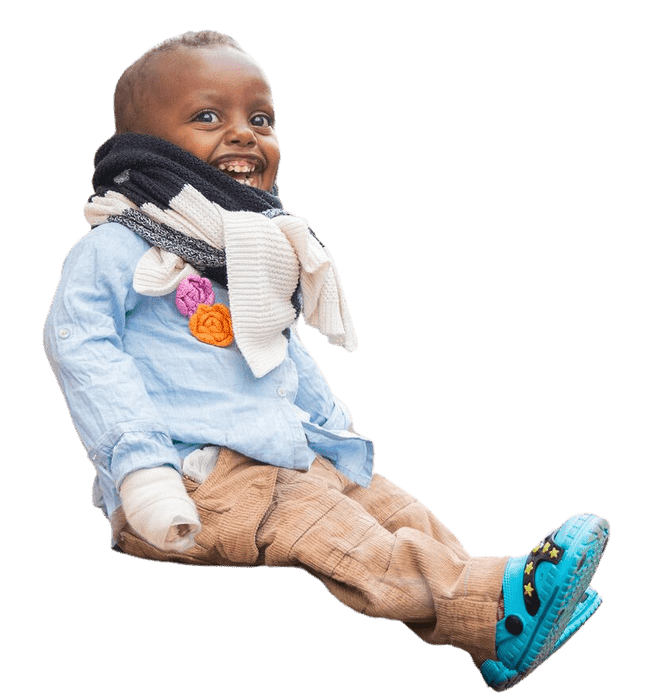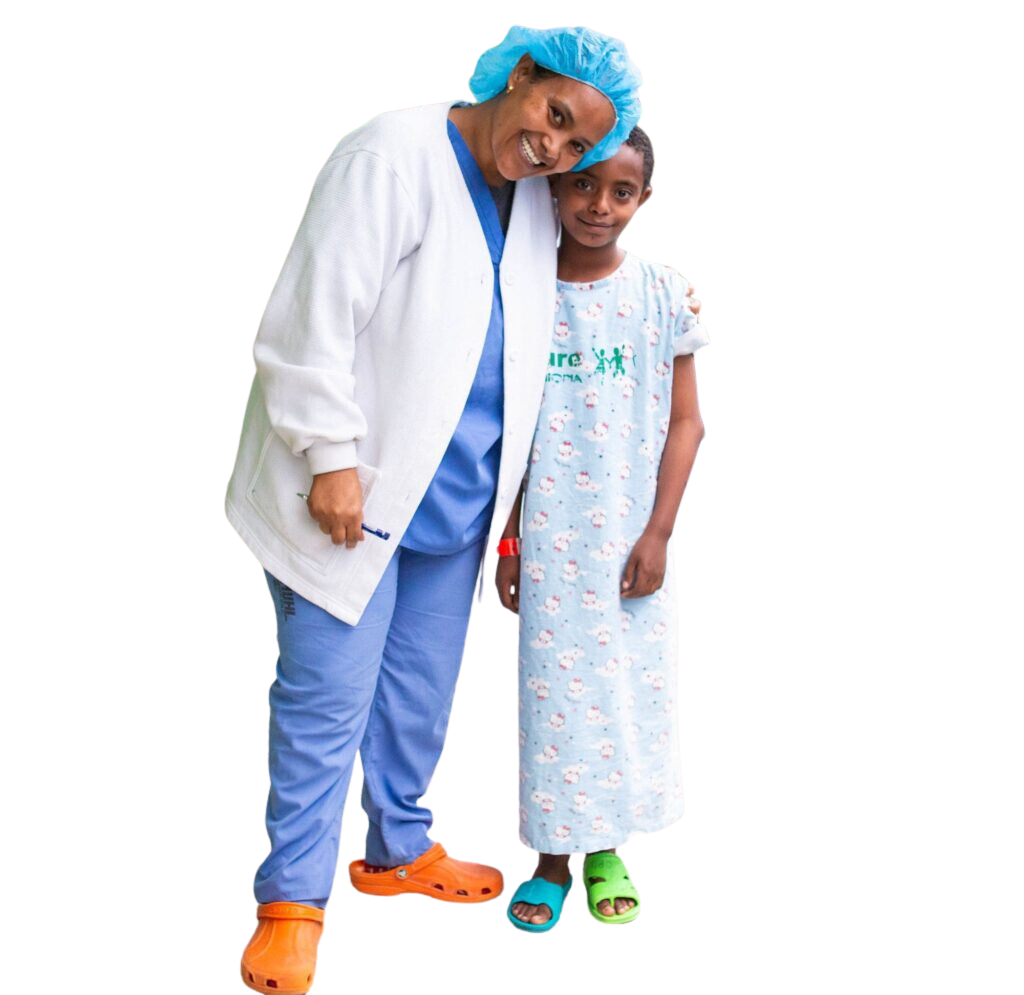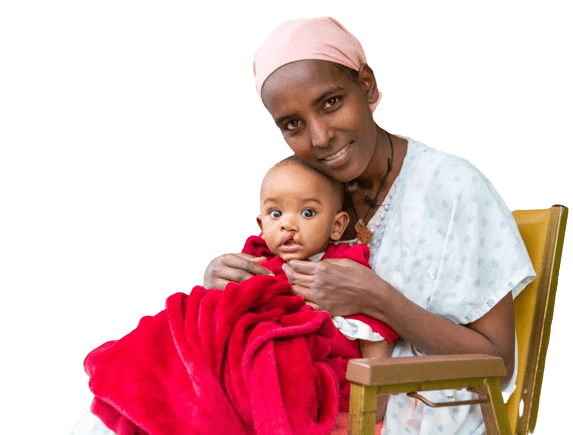There’s an old Christian saying attributed to St. Ignatius of Loyola, “Ad majorem Dei gloriam.” It means “For the greater glory of God,” but it stands for the idea that every single thing we do, no matter how small or seemingly inconsequential, matters as it can be done in order to give glory to God. It’s a noble reminder to attack every task in front of us, whatever it may be, to the best of our ability.
Our mission at CURE is “to heal the sick and proclaim the kingdom of God,” and we strive to do this to the best of our ability – for the greater glory of God. At CURE Ethiopia, we realize that to heal the sick to the best of our ability means more than just providing high quality and safe surgery. It involves in-depth investigation into the best ways to conduct these surgeries and if conditions can be prevented to alleviate the need for surgery completely.
It was this drive that has led to the development of the medical research program here at CURE Ethiopia. Our efforts have been focused on several high impact areas such as:
- Neglected clubfoot cases in children aged 2 – 10.
- Dislocated hips that have been out of the socket since birth.
- Dislocated hips as a result of injury in childhood.
- The societal shame and exclusion brought on by disability in the Ethiopian context.
- Treatment of severe burn scars on the ankle.
- Treatment for destroyed hips resulting from infected hip joints.
- Triage procedures to reduce outpatient waiting times.
Three of these research projects have resulted in published, peer-reviewed papers over the last two years including:
- Management of Neglected Traumatic Hip Dislocation in Children (Gardner et al., Journal of Paediatric Orthopaedics, 2020),
- Impact of Musculoskeletal Impairment on the Lives of School-Aged Children in Ethiopia (Zerfu et al., East and Central African Journal of Surgery, 2019),
- Development and Validation of a Delayed Presenting Clubfoot Score to Predict the Response to Ponseti Casting for Children Aged 2-10 (Nunn et al., journal for Strategies in Trauma and Limb Reconstruction, 2018).
The results of these published papers and the indications coming from the ongoing research are helping us to refine our approach to treating disabilities here in Ethiopia. It is allowing us to critically evaluate what works and what doesn’t so that we can provide the best and most effective treatment possible. The research is also indicating results that could be used in partnership with Ethiopian public health professionals to prevent disabilities such as clubfoot and Developmental Dysplasia of the Hip (DDH) from progressing to the point where extensive surgery is needed. Finally, the more qualitative research into the experience of those with disabilities in Ethiopia allows not only our surgical staff but all CURE co-workers to better understand the emotional, mental, and spiritual place that our patients are coming from. In turn, this allows us to be more sensitive to their needs and improve the quality of our holistic care.
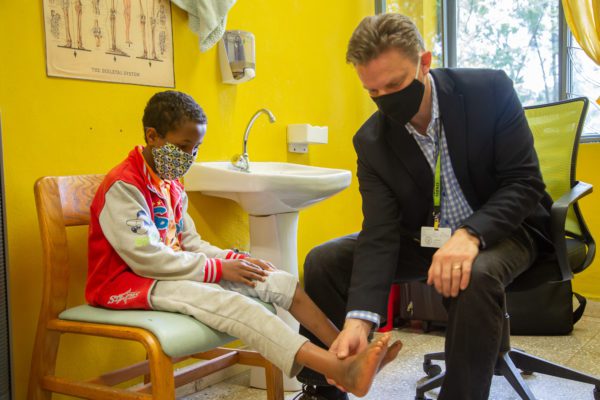
While the patients are always our first priority, one unintended consequence of becoming known as an institution that values research is an increase in interest from top-tier trainees (surgical residents and fellows). Quality trainees not only want to learn medical practices but also want to be involved with the future of their field through research opportunities. It’s a chance for them to get engaged, help expand knowledge in the field, and establish a name for themselves. In return, CURE hospitals get to work alongside the best and the brightest students and have the privilege of helping to establish the next generation of medical professionals. Not to mention how training more excellent doctors to do this work will multiply the resources available to children with disabilities.
Much of the prestige and acknowledgment is rightly directed at the doctors and fellows involved in these studies, but a special thanks must be given to CURE Ethiopia Research Assistant, Tsion Tesfaye. Research would be exponentially more difficult and time-consuming without her efforts. As a Research Assistant, Tsion performs much of the data collection as well as the ever-complicated process of chasing down patients and participants for their research evaluation appointments. It’s an arduous job, but one that is critical to the research process.
All in all, improved patient experiences are the driving force behind the research being done here at CURE Ethiopia. We want to see patients get the best care possible and the kingdom of God proclaimed through these efforts. Our surgeons, fellows, and research assistants throw themselves into not only treating the vulnerable children in front of them, but they also put in the extra work to ask the hard questions like, “Why do we do it this way?” “How can we improve?” “Is there a better way?”
Ad Majorem Dei Gloriam – For the Greater Glory of God
About the CURE Children’s Hospital of Ethiopia
Established in 2008, CURE Ethiopia performs over 2,500 life-changing reconstructive and orthopedic surgeries every year for children suffering from treatable disabilities. Strategically located in the capital city of Addis Ababa, the teaching hospital has 70 beds and four operating rooms. CURE International uses this facility to multiply its efforts by partnering with The College of Surgeons of East, Central, and Southern Africa (COSECSA) to serve as a regional learning institution by implementing an orthopedic pediatric training program at the residency and fellowship levels. In addition to world-class clinical service, CURE Ethiopia ministers to the emotional and spiritual needs of patients and their communities.
